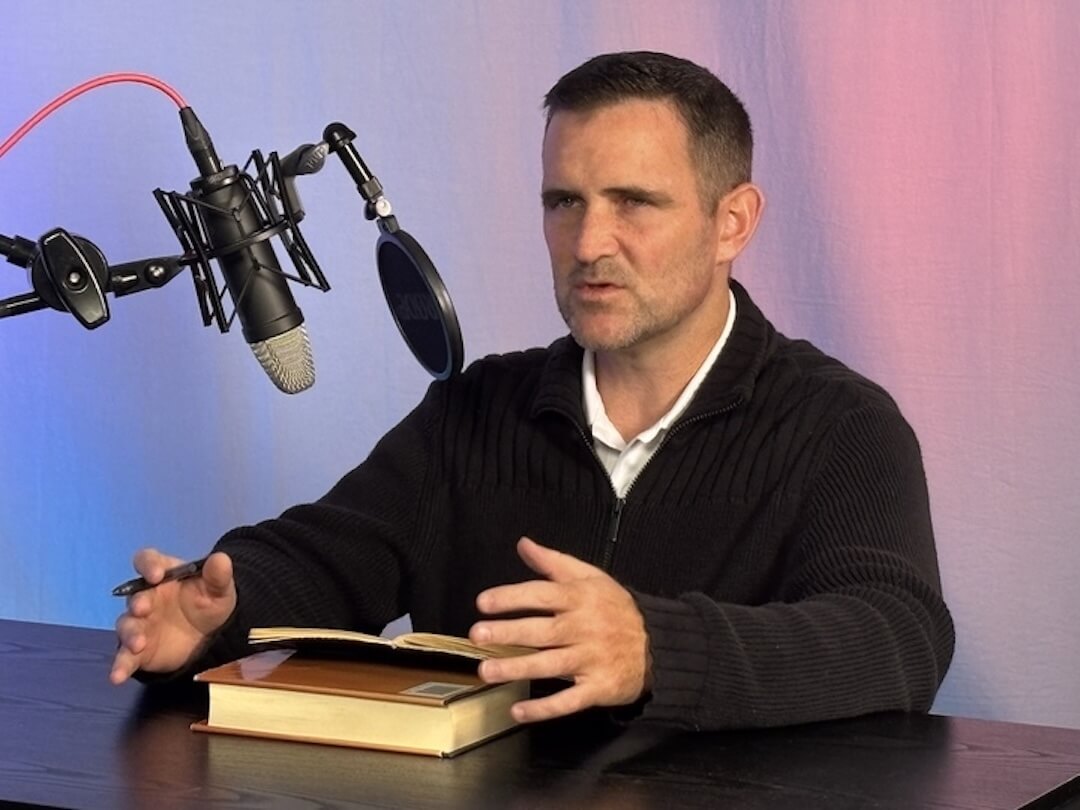Punctuation helps a reader understand your story. Commas, periods, dashes and other marks convey the writer’s voice. They signal an emphasis or tone in language, as well as telling a reader when to stop or pause.
Think of punctuation this way: The comma is a slight break in the thought of a sentence; the semicolon is a longer pause; and the dash represents an abrupt, dramatic turn.
Semicolons are used to indicate a greater separation of thought and information than a comma can indicate (for example, in the previous paragraph). Here are some other examples.
Use a semicolon to link independent clauses:
The package was due last week; it arrived today. (Using a comma here would create a comma splice.)
Use a semicolon to clarify a series if the series already includes commas:
He leaves a son, John Smith of Chicago; three daughters, Jane Smith of Chicago, Mary Smith of Denver and Susan Smith of Boston; and a sister, Mary Warren of San Francisco.
Place semicolons outside of quotations marks unless they are integral to the quoted material.
Taken from Cleaning Your Copy: Grammar, Style and More, a self-directed course at Poynter NewsU.
Have you missed a Coffee Break Course? Here’s our complete lineup.







